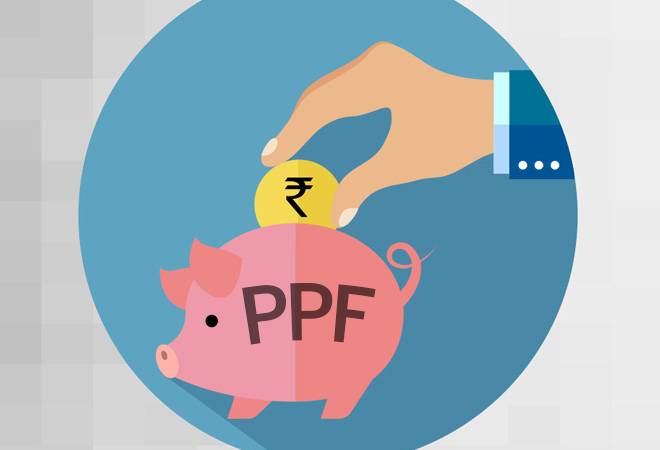People usually look for an investment scheme that ensures the safety of their funds, along with valuable returns. The PPF or Public Provident Fund is one of the oldest investment tools in India. It is the most popular investment and saving scheme, which gives guaranteed returns, and the returns are tax-free.
The Finance Ministry introduced PPF in the year 1968. The primary purpose of PPF is to help people of our country to make small savings and give returns on the savings. The scheme provides incredible rates of interest along with tax benefits.

Table of Contents
Eligibility criteria for a public provident fund account
The eligibility to open a PPF account are as follows:
- All the citizens of India can open a PPF account.
- A person can open only one account under his/ her name. However, another account can be opened on behalf of a minor.
- Hindu Undivided Families (HUFs) and Non-resident Indians (NRIs) are not eligible to open a PPF account.
Individuals can open a PPF account at any bank or post office. Earlier opening a PPF account was only allowed at nationalized banks, but now, various private banks such as HDFC, ICICI, Axis also offer PPF schemes.
Prominent features of PPF
There are various features of the Public Provident Fund. Some of them are listed below.
Investment limit and Investment period
Individuals can open a PPF account by investing a minimum amount of Rs. 500 to a maximum amount of Rs. 1.5 lakhs in a financial year. The investment period for PPF is 15 years. The investments can be paid in a lump-sum or easy installment. The PPF account expires after a period of 15 years. However, one can open a new account after the expiry of the previous account. The account holders also get the option to extend their account by a block of 5 years.
Interest rate
The rate of interest provided on PPF is currently 7.90% per annum mandated by the government, which is compounded annually. The PPF account will continue to gain interest if you do not withdraw the amount of money even after the maturity period. The interest on the PPF is calculated based on the balance in your account before the 5th of every month. So it is advised to deposit the fifth of every month to get maximum benefit.
Premature closure
Individuals can opt for premature closure of a PPF account after the completion of 5 years. However, early closure is allowed if there is a case of a medical emergency if it can cause harm to the account holder, spouse, or children. Yet, genuine documents related to the illness must be submitted. Premature closure is also allowed for higher education purposes of a minor account holder.
Transfer of account
Another significant feature of having a PPF account is that you can transfer your account to any other branch of a bank or post office. However, a person cannot transfer his/her account to any other person.
Tax benefit
Investments made on a PPF account come under the EEE (Exempt-Exempt-Exempt) category. Under section 80C (Income Tax Act), all the deposits made to a PPF account are tax-free. When the account-holder withdraws the amount from the PPF account, both the amounts saved and the interest amount are tax exempted.
Loan facility
Account-holders can avail a loan against their PPF account with numerous benefits such as-
- Account-holders do not have to provide collateral against their PPF account.
- The repayment tenure is 36 months, which means that the amount of loan taken should be repaid within 36 months.
- The repayment of the principal amount can be made either in a lump-sum or in two or more installments.
- The most significant benefit of availing a loan against a PPF account is far lower than that of the personal loans.
PPF is a secured and smart saving tool with many benefits. Thus, if you are looking to save tax and want an assured return from your investment, then PPF is an excellent option for you to invest in.


